Have you ever considered that toy photography can get complex? I have. And as I take more people down the road of toy photography exploration, via my workshops, I appreciate our underrated hobby more and more. Toy photography can be so much more than simply placing a toy in an interesting environment and taking a photo. While this is a part of the process, there are many steps and decisions being made along the way. Many of these decisions are essential but are often dismissed or overlooked in the pursuit of a fabulous photo.
Because I’ve been sharing my knowledge of toy photography through my workshops over the past four years I appreciate how complex toy photography can be. Watching photographers new to the process learning how to work with toys while also remembering how to take a photo, has helped me appreciate what we all do with fresh eyes..
I’m always recommending to photographers in my workshops to use the tools in their tool box. But what does this even mean? What are our tools? What tools do you need to be a photographer of toys? Well it turns out, quite a few. Let’s take a look.
What goes into a toy photo
When I begin creating a toy photo, the following flow chart approximates my thought process and the various decisions I have to make. I’m considering all the aspects of the photo from lens the choice of toy and even how this will connect with my audience. Sometime I create photos for me, sometimes I create images for my audience. The best photos are always ones created when I work in the intersection of my ‘needs’ and my audiences ‘wants’.
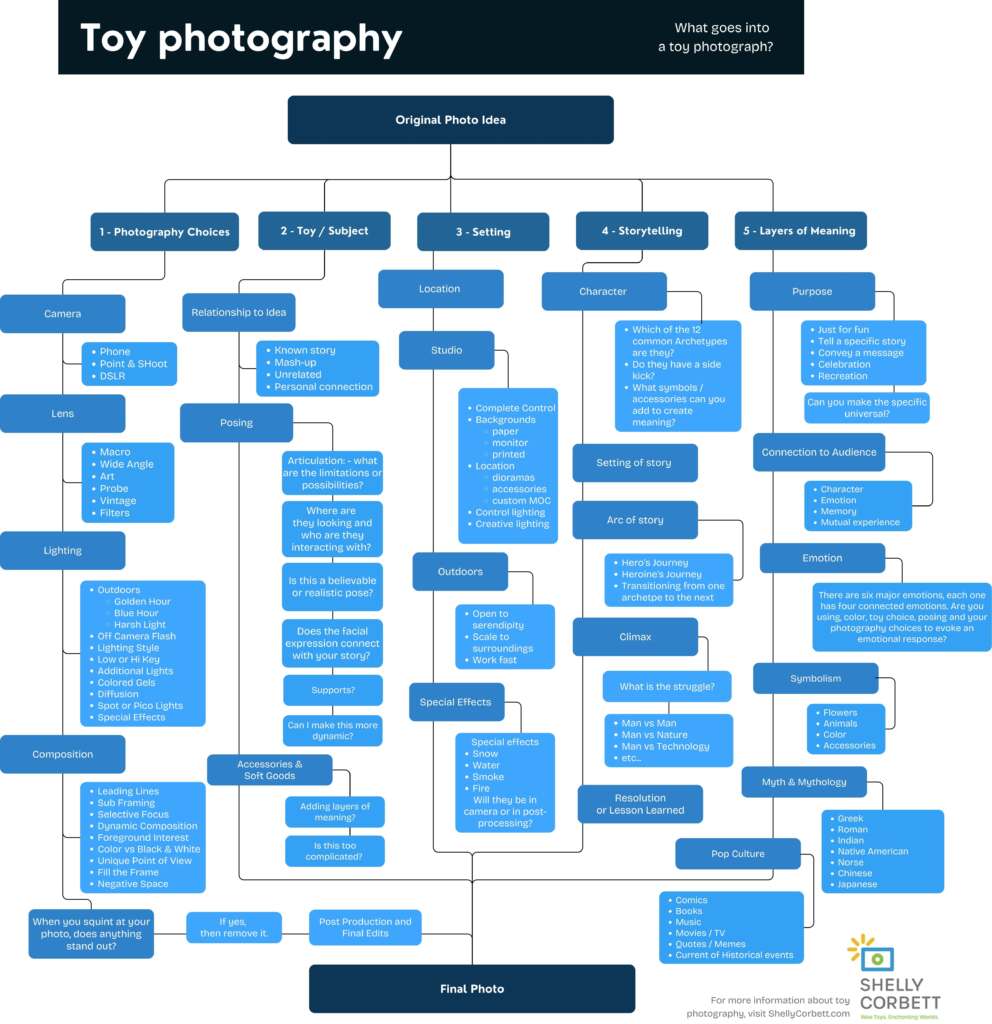
I created this chart for use in my workshops as well as to help explain why toy photography
is more complicated than it seems at first glance.
Let’s break it down
Are you confused and over whelmed after looking at my flow chart? I don’t blame you, it looks so dense and complicated! So let’s break it down. By the end of this process I hope that you can appreciate that toy photography is not as simplistic as you might first suspect.
Column one
It doesn’t matter if you arrive at this hobby as a toy collector or a toy photographer, the first task of the toy photographer is to master the craft of photography. Photography is both a skill and a way of seeing the world that is endlessly exciting and challenging. Many photographers spend years exploring all the many facets of the craft. Learning how to use a camera, capture an image, understanding light and then mastering some level of post processing is only step one of being a toy photographer!
Column two
Choosing a toy to photograph can be challenging. They come in all shapes and sizes and represent almost any movie, book franchise and pop culture touchstone that you can think of. They come in a wide range of characters that can be simplistic or highly realistic. Articulation, realism, pose ability, stability and the material they are fashioned from all have certain advantages and disadvantages. It’s these wide ranging parameters that the toy photographer learns to embrace and work with.
Learning the tricks of posing and supporting my toys was the first skill that I needed to master. I remembered when I finally had the courage to create images when my toys appeared to fly, leap and float. I was inspired by other toy photographers and learned from them. Watching action figure photographers helped me to understand the importance of posing for realism. An important skill to understand if you goal is to create an image where the toys feel ‘real’.
Now that we’ve explored the first two columns, I hope that you can see how a toy photographers skill set grows a little at a time.
Column three
Now that you’ve mastered the basics of photograph and have a working knowledge of how to pose your favorite toy, now it’s time to decide if you’re a studio or outdoor photographer. Of course there are toy photographers who bounce between the two easily. But in my experience most toy photographers gravitate to one or the other. Studio photographers often enjoy the control and pace of a studio setup. While outdoor photographers enjoy the fast pace and sense of discover that is the hallmark of outdoor photography.
There are no right answers to this decision of studio vs outdoors. Choosing one over the other is really a reflection of the images you want to create. I always recommend to the beginning toy photographer to choose the path that brings the most joy. Each path has its own lessons to be learned and challenges to overcome. Of course lighting is key to both paths and many of the techniques learned in one transfers to the other. While I gravitate to outdoor toy photos I enjoy challenging myself by creating image in my small studio.
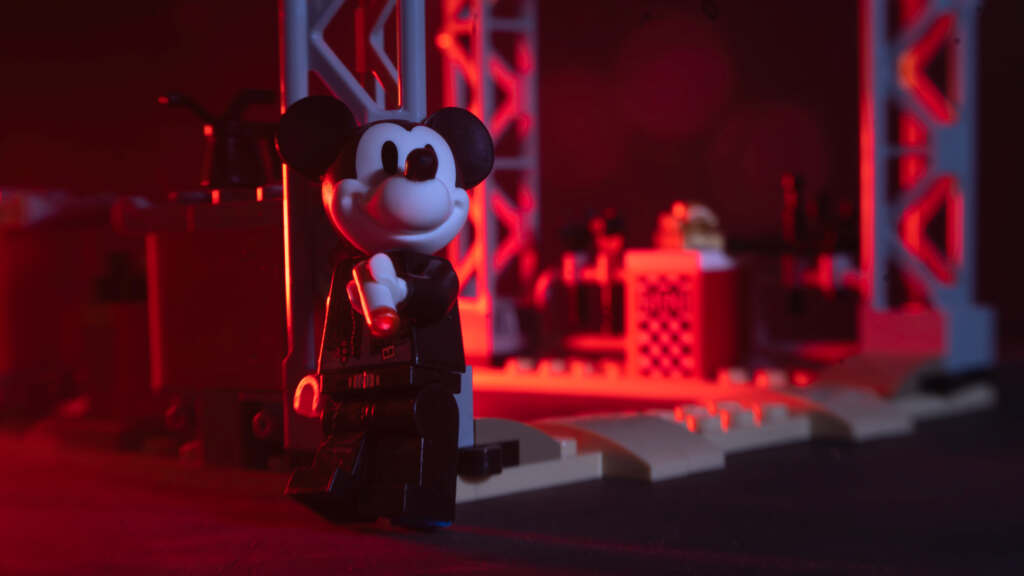
Are you starting to see why I think toy photography is hard? Even the simplest toy photograph is a combination of many skills and creative decisions.
Column four
Purposeful storytelling emerged once I have mastered the technical sides of toy photography. Storytelling is naturally what happens when I want to create an image where the toys are doing something, I’ve heard that some people think that a single image isn’t a ‘story’. I think every toy photo is a story. While it may not be a complete story, any toy photo acts as a jumping off point for the viewer to create a story of their own devising. We are all storytellers. Why not create an open ended image that acts as the spark for someone else’s story?
After teaching my Storytelling workshop through several rounds, I’ve come to appreciate the effort that goes into the simplest story. Understanding basic character archetypes, different types of story arcs, thinking about climax and transformation is really taking toy photography into amazing places. Exploring personal stories that connect to universal themes and expressing these through the broad brush strokes of toy photography can be humorous, powerful and thought provoking.
I enjoy the many Six Images Narratives that have been created over the years. Each one is a labor of love where the sum is greater than the whole. This is where all the tools in the toy photographer’s toolbox get used. Like I said, toy photography is hard!
Column five
Even if you work with single image stories, you can go deeper by using symbolism, color theory, expressing specific emotions or layering on myth & mythology. It’s always important to consider the audience. Your audience can be your followers on social media or simply one person. Audience is always hovering in the back of my mind. Its a consideration but my own needs to explore and create always come first. With a little luck what I want to explore will also connect with another person’s expectations and lived experience.
But when I employ simple symbols such as animals, flowers, other art objects, common storylines like mythology, etc. I increase my odds of connecting with the viewer. Every object I place in an image helps to deepen the story. When I consider the hidden meaning of flowers, how we react to certain colors and of course body language I can clearly express emotions. It is this emotional connection that is at the heart of creative process.
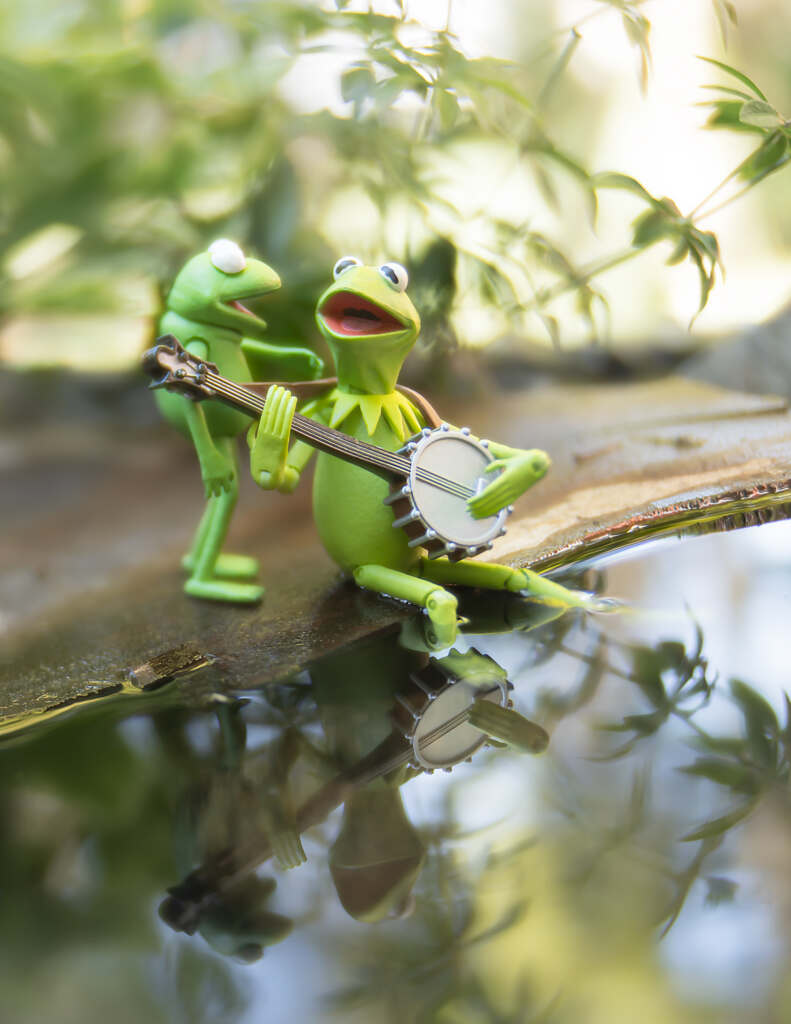
When we start employing these additional ideas we can add meaning and layers to our photos. While not easy, its always fun and rewarding when it works!
Toy photography can get complex
I believe that many people easily dismiss toy photography as simplistic. But I’ve learned that truly great toy photography is so much more.
When I consider all the concepts that need to be held lightly in my mind when I create, the process can get overwhelming quickly. As one of the photographers I work with said: “No wonder it takes me two weeks to take a photo! The first one to think of an idea and the second one to execute it!”
Over the years I’ve noticed that toy photography attracts both the toy collector who wants to learn photography and photographers who discover that toys are a wonderful subject. However you find the hobby I hope that you can see that there is more here than meets the eye. And whatever you learn through photographing toys is easily applied to any photographic subject.
Whether you’re creating using the skills listed in columns 1-3, or occasionally challenging yourself and incorporating ideas from columns 4 & 5, the goal is always personal self expression. And if you can have fun while you’re doing it…all the better!
And take a moment to appreciate that toy photography can be incredibly difficult. If you’re struggling to capture the perfect toy photo now you know why. Because toy photography is more complex than first meets the eye!
Shelly
If you would like more information about my workshops, please follow this link. If you’re looking for a supportive community to share and learn from, please consider joining our Community on the social platform MeWe.


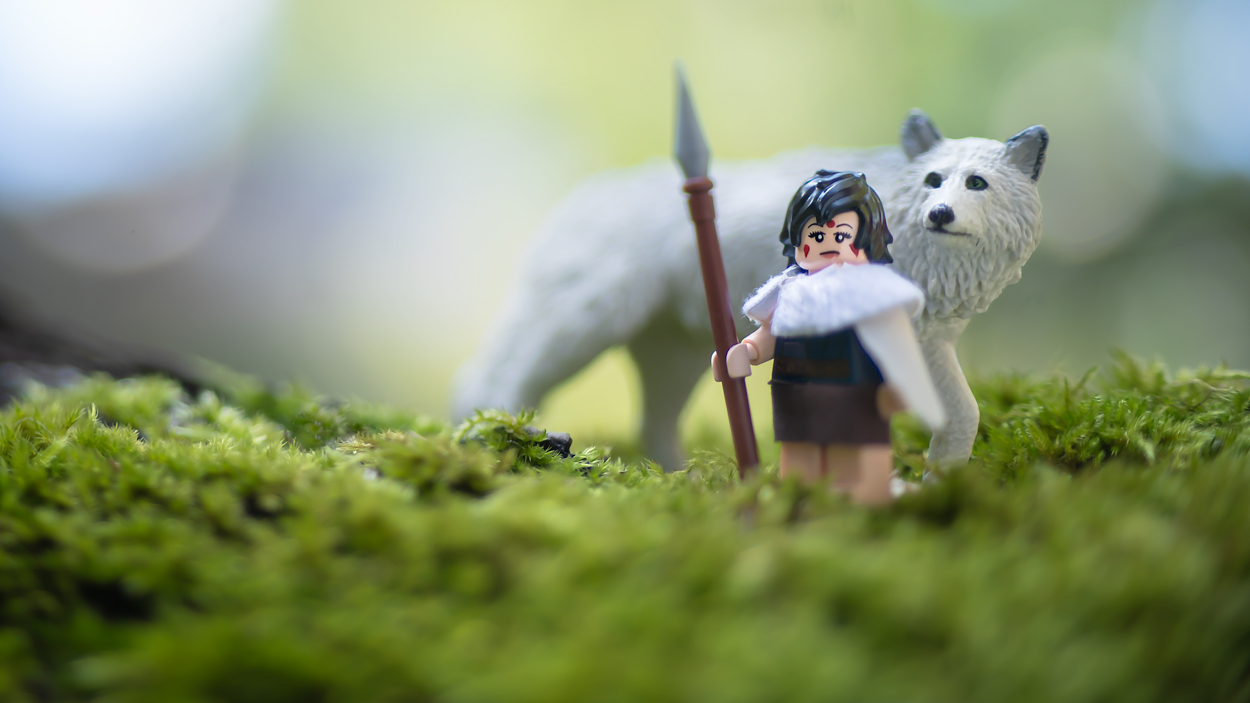
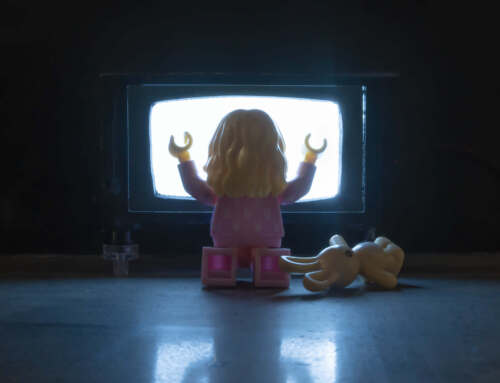
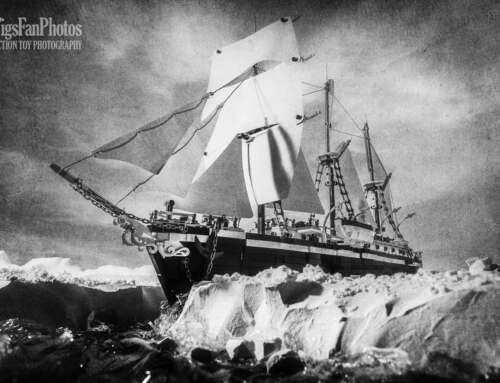
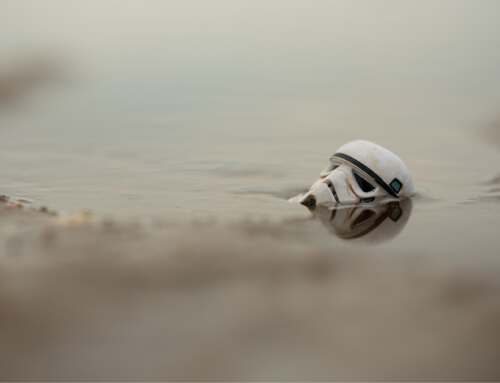
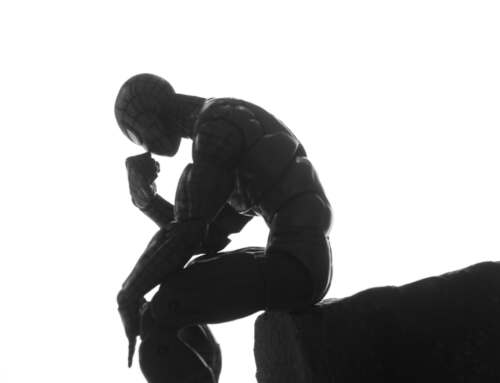
Good article, Shelly. There is so much to think about with our toys.
Thanks Mary! I think certainly think there is! I know that there are many levels to consider…but sometimes taking a photo of your favorite toy is enough. 😀
This is a great article and flow chart. I consider myself a newbie to toy photography and have been having fun with it. My current goal is to improve my lighting, especially in the studio. I like to do both indoor and outdoor shots. I have been experimenting with the “dirt flying” in some action shots and the “levitation” or flying that you are a master of. Thank you for all that you do for toy photography.
Liz – I hope that you will give yourself the space and time to take on the steps one at a time. I find myself circling back to the basics and trying to get composition right. So many areas to think about, it gets overwhelming at times. But as always, the process is where the fun is! Let me know if you ever need help – I’m always happy to help. 😀
What a great write up that clearly describes what toy photography is. I sometimes find it hard to explain to people how it is a more complicated hobby than it sounds, and that it can get introspective and in depth. You have articulated the thought processes so well in that flow chart!
Thanks Janan! I’m so glad I’m not the only one who gets a bit ruffled one someone dismisses our hobby as merely photographing toys. It can be that, but it can also be so much more! And thanks for letting me know my flow chart makes some sense. While I know it can use some more edits, it was good to get this down on paper. Feel free to share!
Great article Shelly! Sums up toy photography very well. It is easy to plunk a toy into a scene but much more difficult to tell a story with toys as I am learning! Always new skills and techniques to explore in this fascinating genre of photography.
Thanks for reading Jane! Im so impressed how far you’ve journeyed with your own toy photography. Im pretty sure that you’re well on your way to mastering all five lines of thinking with toy / photography / storytelling! Let this be a visual representation of all yo’ve accomplished!